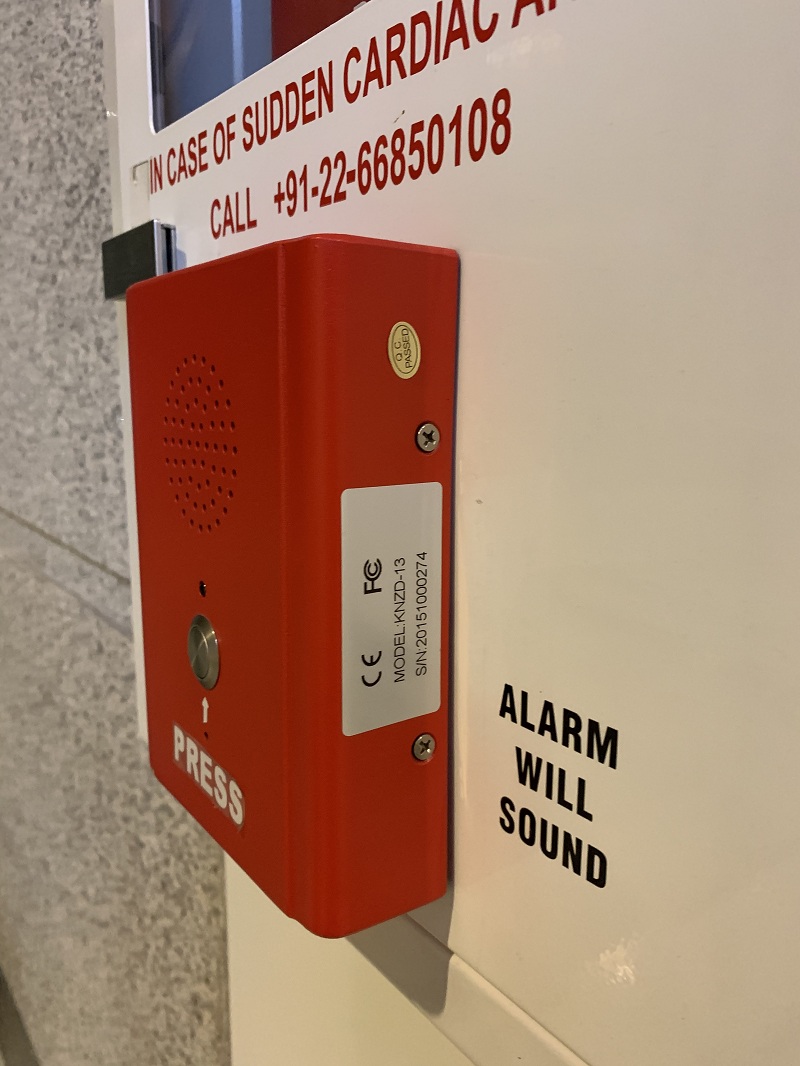
Best practice contingency planning includes performing a BIA and risk assessment to identify key risks and preventive measures and strategies to deal with them. It also looks at the likelihood of reoccurrence, the severity and potential impact to the organization, as well as the financial and operational effects. This step examines internal and external risks, threats and vulnerabilities to the organization and its technology infrastructure. In accordance with current domestic and international standards, the following activities are also recommended for contingency plan development:
EMERGENCY 20 LAN FREE
The plan should be updated regularly to remain current with system enhancements and organizational changes.įree, downloadable templates for BC and DR planningĪ free business continuity template and guideīusiness continuity and disaster recovery testing templatesīusiness impact analysis report template Other elements of a contingency plan Combined, these activities improve plan effectiveness and overall organization preparedness. Plan testing validates recovery capabilities, training prepares recovery personnel for plan activation and exercising the plan identifies planning gaps. These detailed plans are tailored to the system's security impact level and recovery requirements. It contains the guidance and procedures for dealing with a damaged or unavailable system. Thorough recovery strategies ensure that a system may be recovered fast and completely after a disruption.

Proactive measures that prevent system outages and disruptions can ensure system availability and reduce costs related to contingency measures and lifecycle.


BIA identifies and prioritizes the systems that are important to an organization's business functions. This policy provides the outline and authorization to develop a contingency plan.

The National Institute of Standards and Technology ( NIST) standard for IT disaster recovery planning includes contingency in its title. Contingency planning is a component of business continuity ( BC), disaster recovery ( DR) and risk management.Ĭontingency planning and technology DR plan development are closely related concepts. A contingency plan is a course of action designed to help an organization respond effectively to a significant future incident, event or situation that may or may not happen.Ī contingency plan is sometimes referred to as "Plan B" or a backup plan because it can also be used as an alternative action if expected results fail to materialize.


 0 kommentar(er)
0 kommentar(er)
